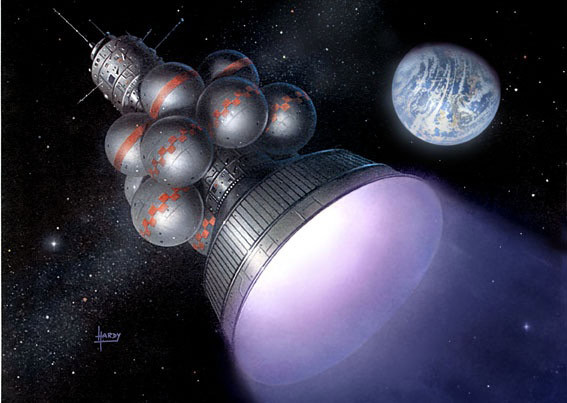How Mind-Uploading Could Enable Interstellar Travel

What’s the Latest Development?
By uploading human minds into computer software, serious obstacles to interstellar travel may be overcome. One of the largest roadblocks facing the 100 Year Starship initiative, a proposal drafted by DARPA and NASA to send people to the stars by the year 2100, is the limited span of human lifetime coupled with the long spans of time needed to reach foreign stars. “Using current propulsion technology, travel to a nearby star (such as our closest star system, Alpha Centauri, at 4.37 light years from the Sun, which also has a a planet with about the mass of the Earth orbiting it) would take close to 100,000 years.”
What’s the Big Idea?
Sending avatars in place of actual humans could offer a number of advantages in getting the spark of consciousness beyond our solar system. “An e-crew—a crew of human uploads implemented in solid-state electronic circuitry—will not require air, water, food, medical care, or radiation shielding, and may be able to withstand extreme acceleration. So the size and weight of the starship will be dramatically reduced.” Advanced forms of artificial intelligence, modeled on specific individuals, could also fulfill mission requirements while not risking human life in the process.
Photo credit: Shutterstock.com





